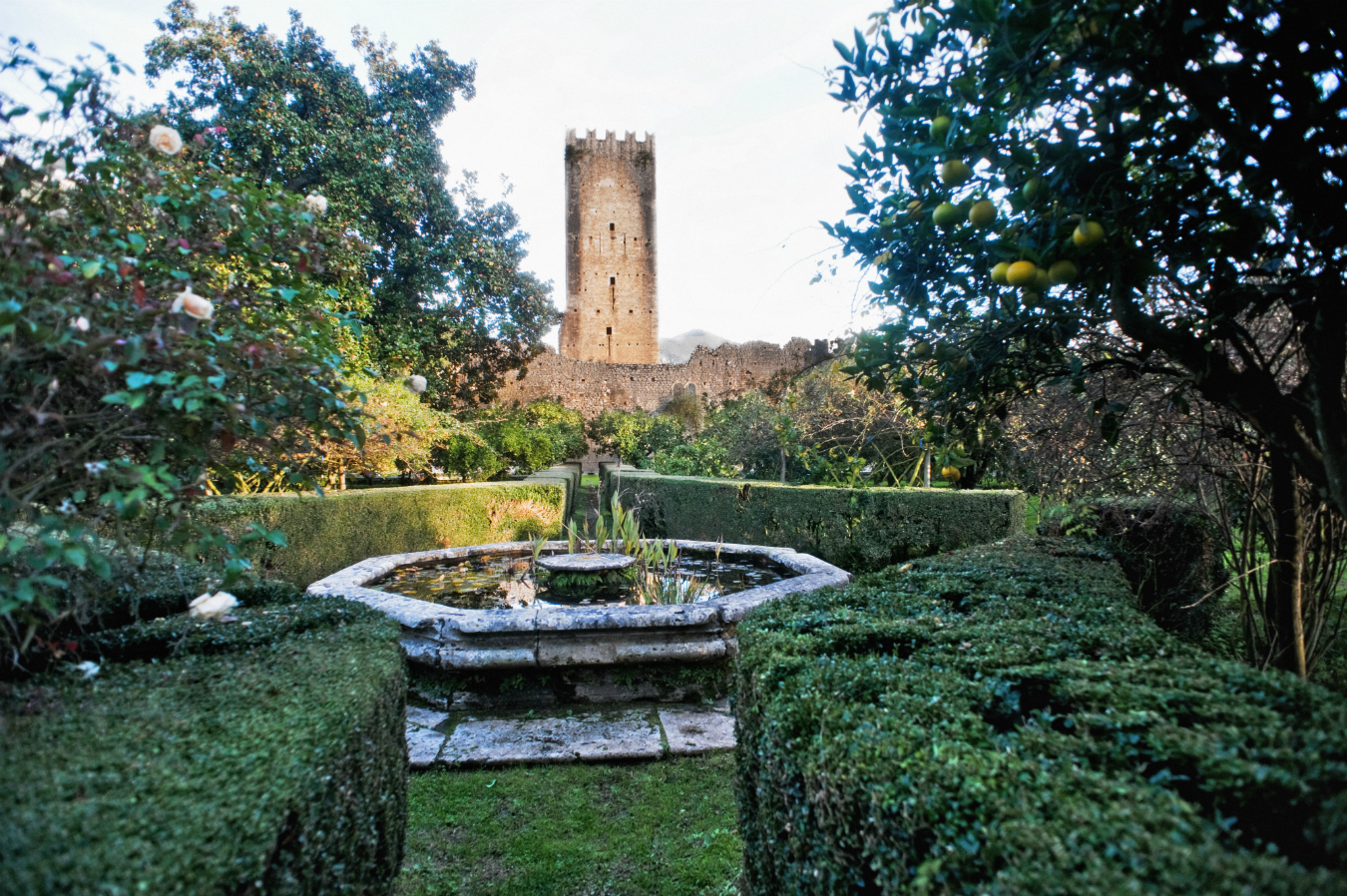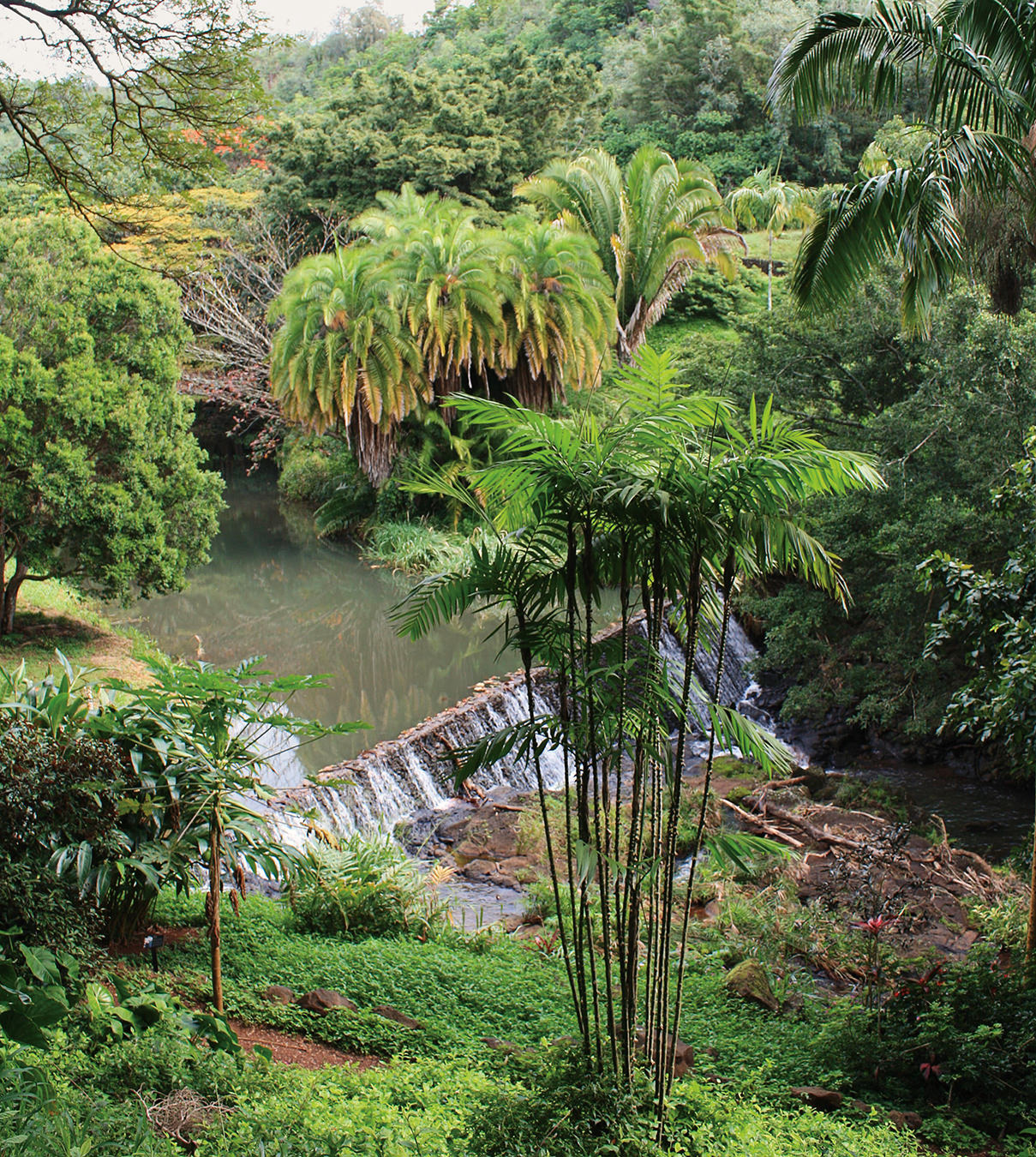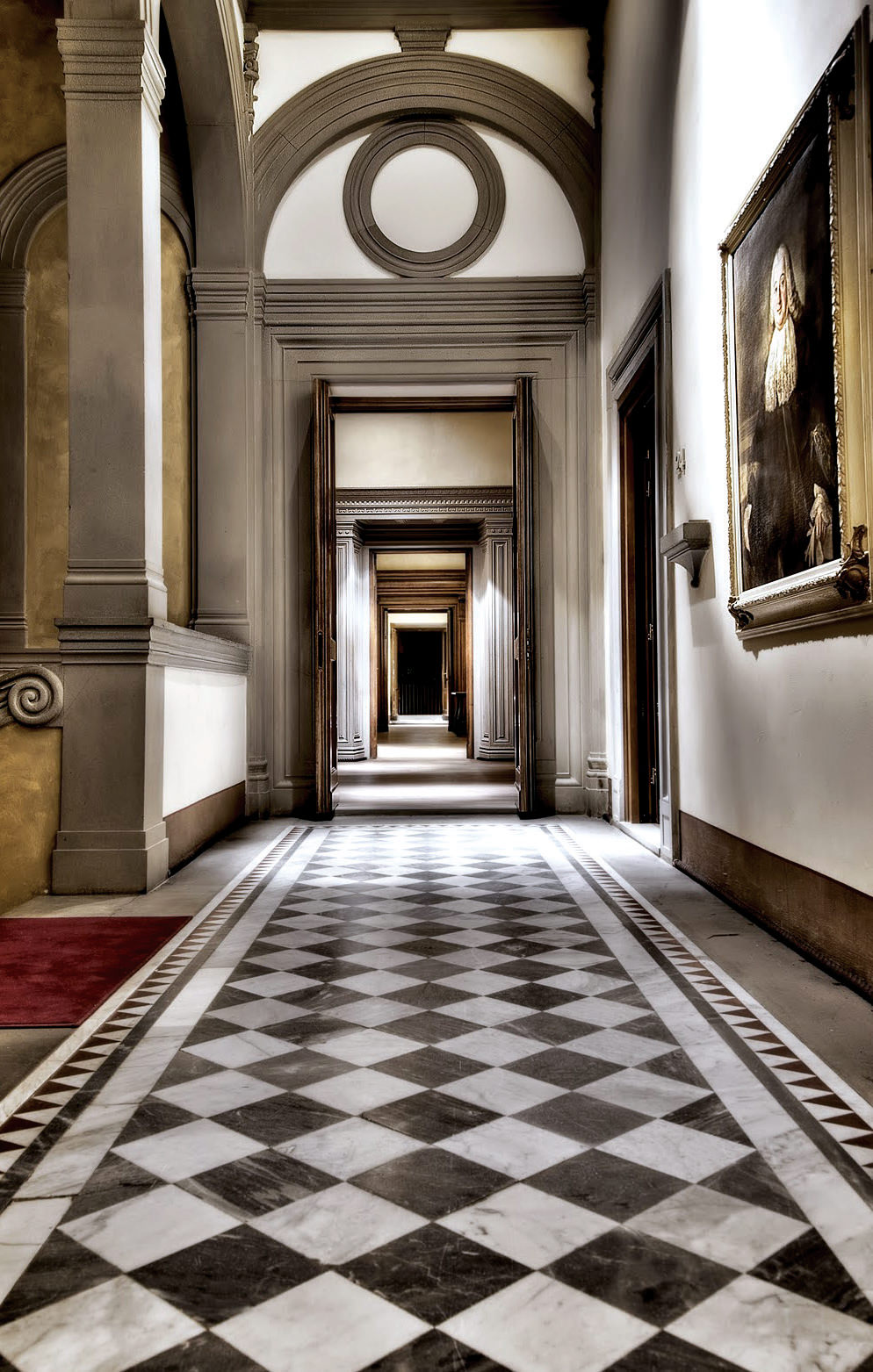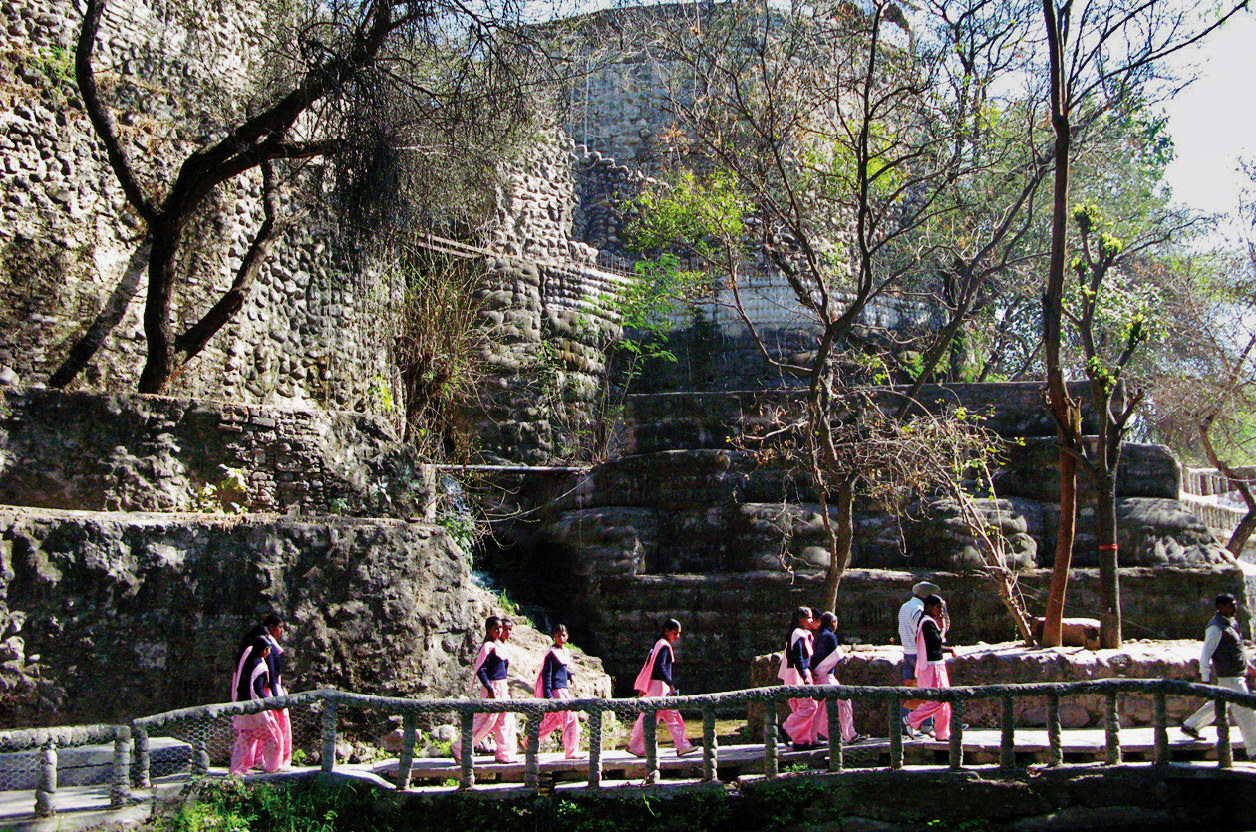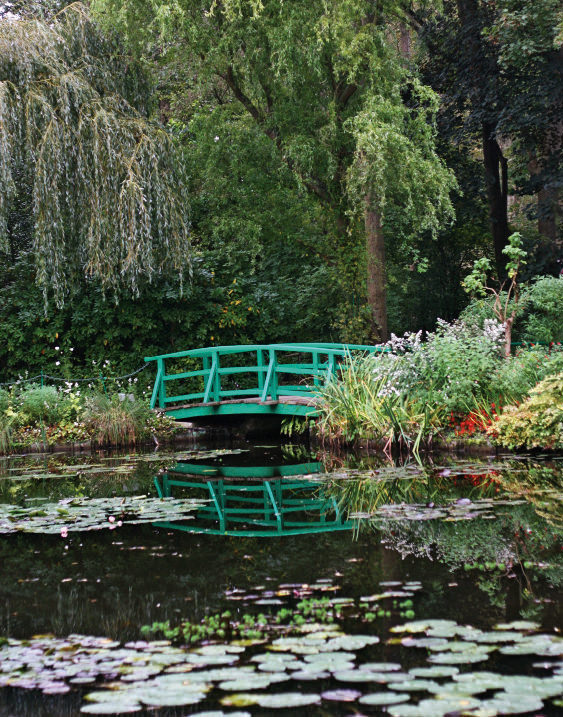The Garden of Ninfa
Enter Rome’s stunning secret garden.
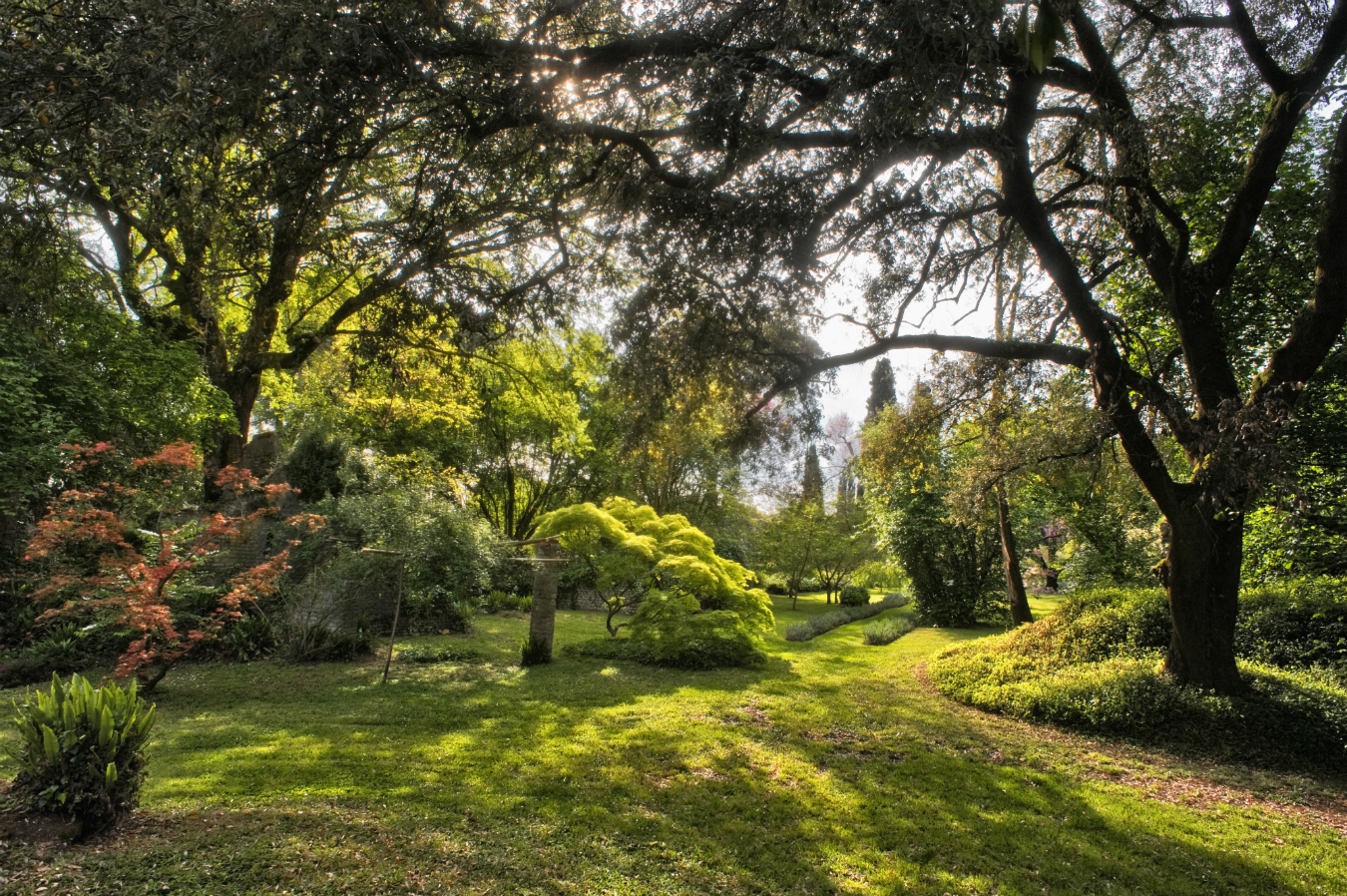
The Garden of Ninfa is, in a word, elusive. Tucked away at the foot of the Lepini hills to the south of Rome, the garden opens to outsiders on a handful of days each year, and even then, only under the watchful eye of a guide.
But this enigmatic aura is fitting for a place The New York Times crowned “Rome’s secret garden”. Named after an ancient temple dedicated to the ninfe, or nymphs, that were once believed to dwell in its springs and grottoes, the Garden of Ninfa is as enchanting as its moniker suggests. The territory dates back to the Roman era, and entered the noble Caetani family’s control by the Middle Ages. With their guidance, a bustling, medieval town flourished, encompassing over a hundred houses, several churches, and even its very own castle, whose tower still looms over the gardens today.
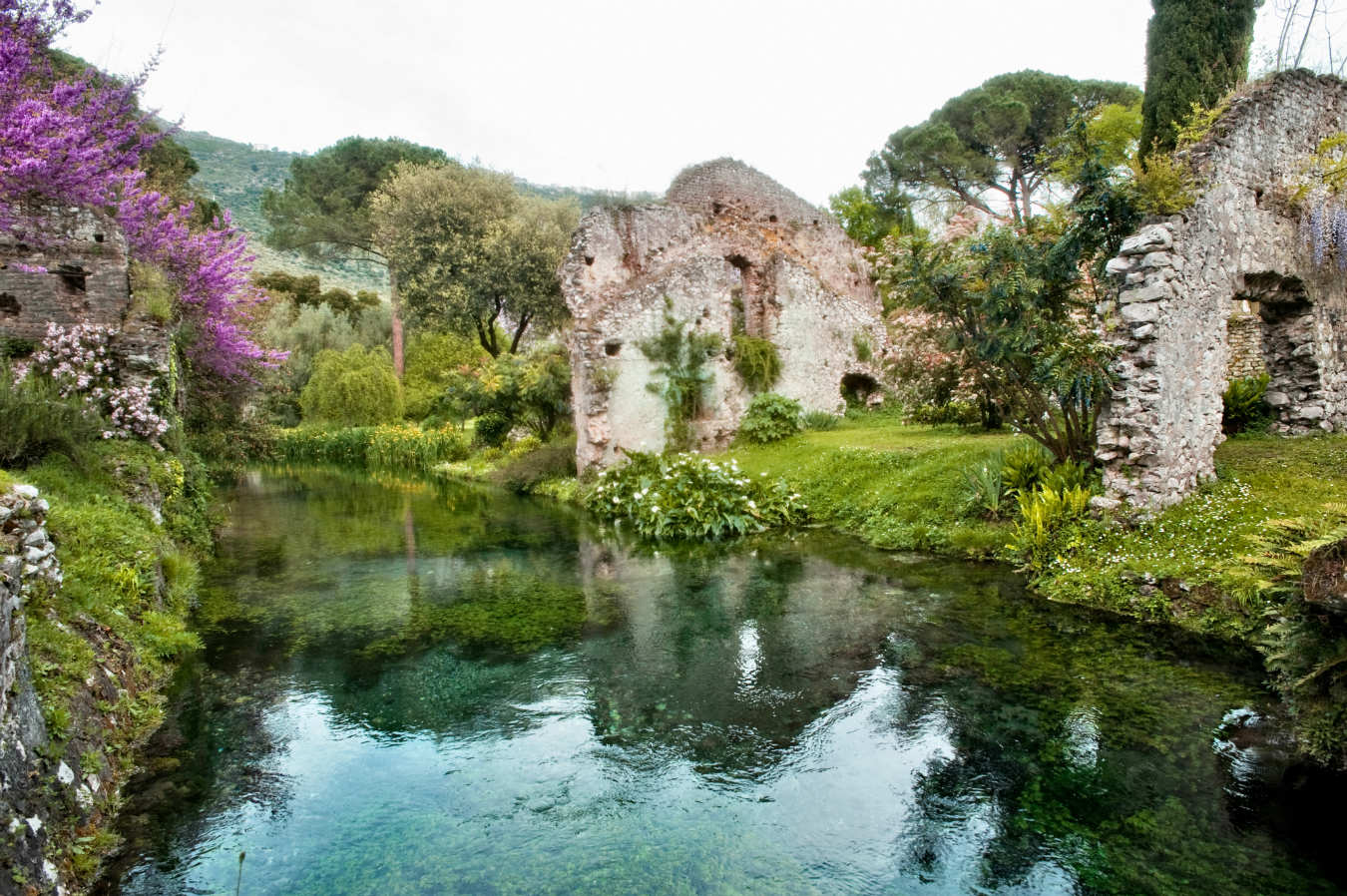
Eventually, papal wars and internal feuds left Ninfa abandoned and neglected until the serendipitous intervention of Englishwoman Ada Bootle-Wilbraham in the 1920s. Married to Duke Onorato Caetani, Ada and sons Roffredo and Gelasio revived the dormant landscape, transforming it into a romantic, Anglo-Saxon garden, sourcing trees and plants from abroad. Roffredo’s American wife Marguerite Chapin continued her mother-in-law’s work, lavishing Ninfa with over a thousand flower seedlings. But it was Marguerite and Roffredo’s daughter Lelia who transformed Ninfa into the masterpiece it is now.
This enigmatic aura is fitting for a place The New York Times crowned “Rome’s secret garden”.
An avid artist, Lelia envisioned the garden as a “painting without a frame,” a sprawling oasis whose inspiration was drawn from her own canvas. Today, Ninfa is the stuff of fairy tales: towering oaks and cypresses, serpentine streams, and heady stalks of lavender scattered amongst medieval ruins, along with over 300 rose varieties, including one that can climb as high as 40 feet. The garden’s oldest tree is an evergreen holm oak, first planted as a sapling in 1920, whose shade gives us a welcome respite from the heat.
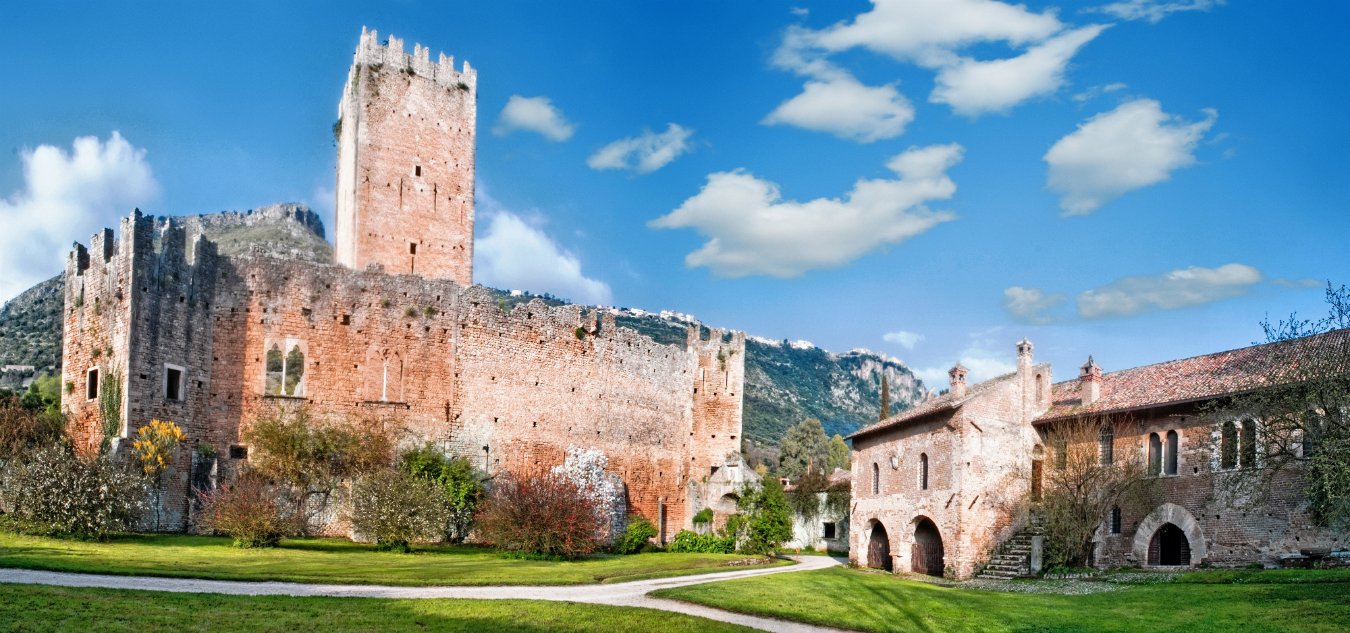
Ninfa’s lush bounty—1300 botanical species including calla lilies, irises, tulips, magnolia, cherry, and banana trees, Japanese maples, and even a bamboo pavilion—is in part thanks to its unique microclimate. It sits at the crux of the alluvial Pontine plains and the Lepini hills, and is rich in spring waters. A cloud of wet air regularly ascends from the nearby Tyrrhenian Sea, and splits open to release a brisk rainfall on the garden, helping the below flora to thrive. The waters are in fact so clean, visitors are invited to dip water bottles into one of the streams for a drink—quenching thirst with the cool, clear drink as though mystic nymphs themselves.



